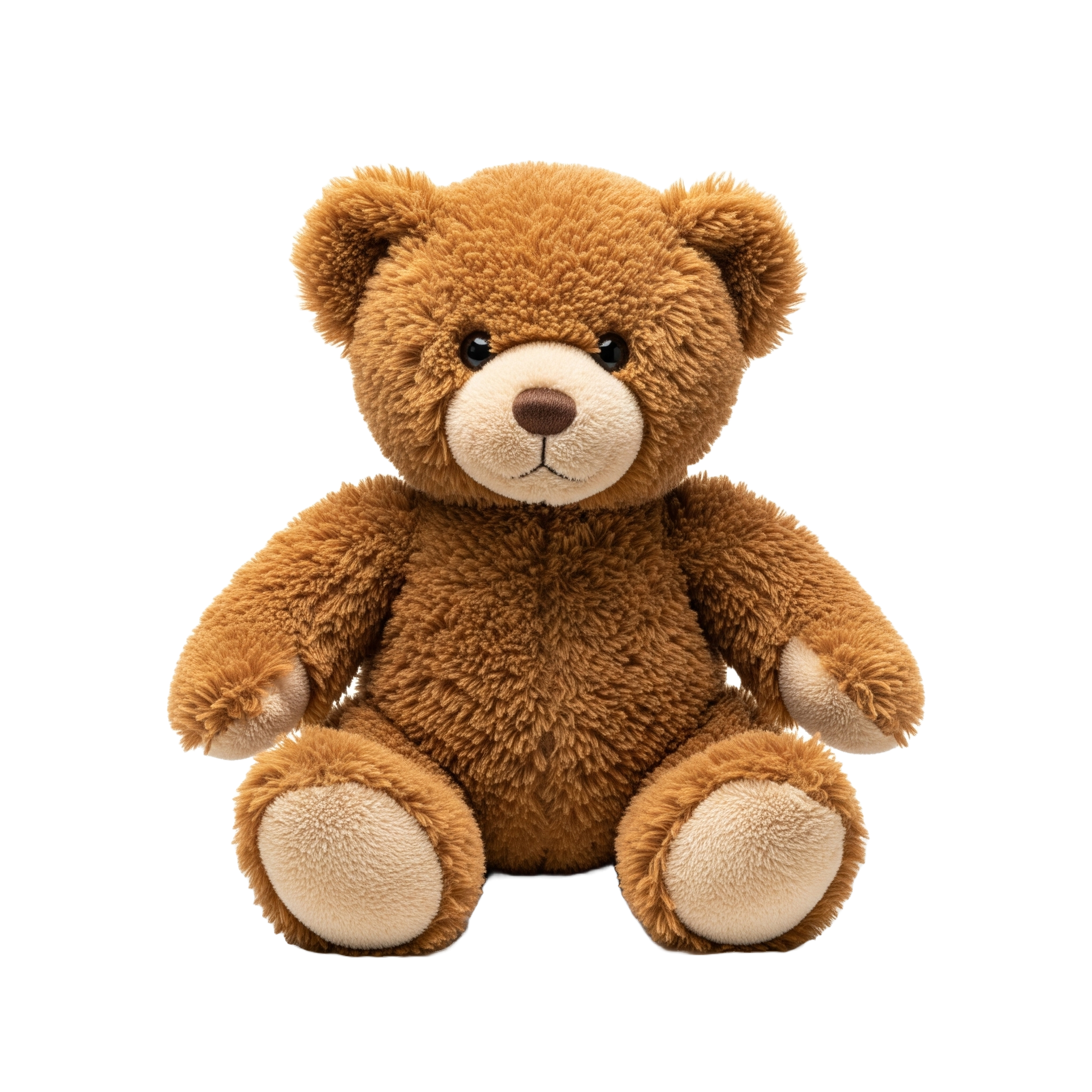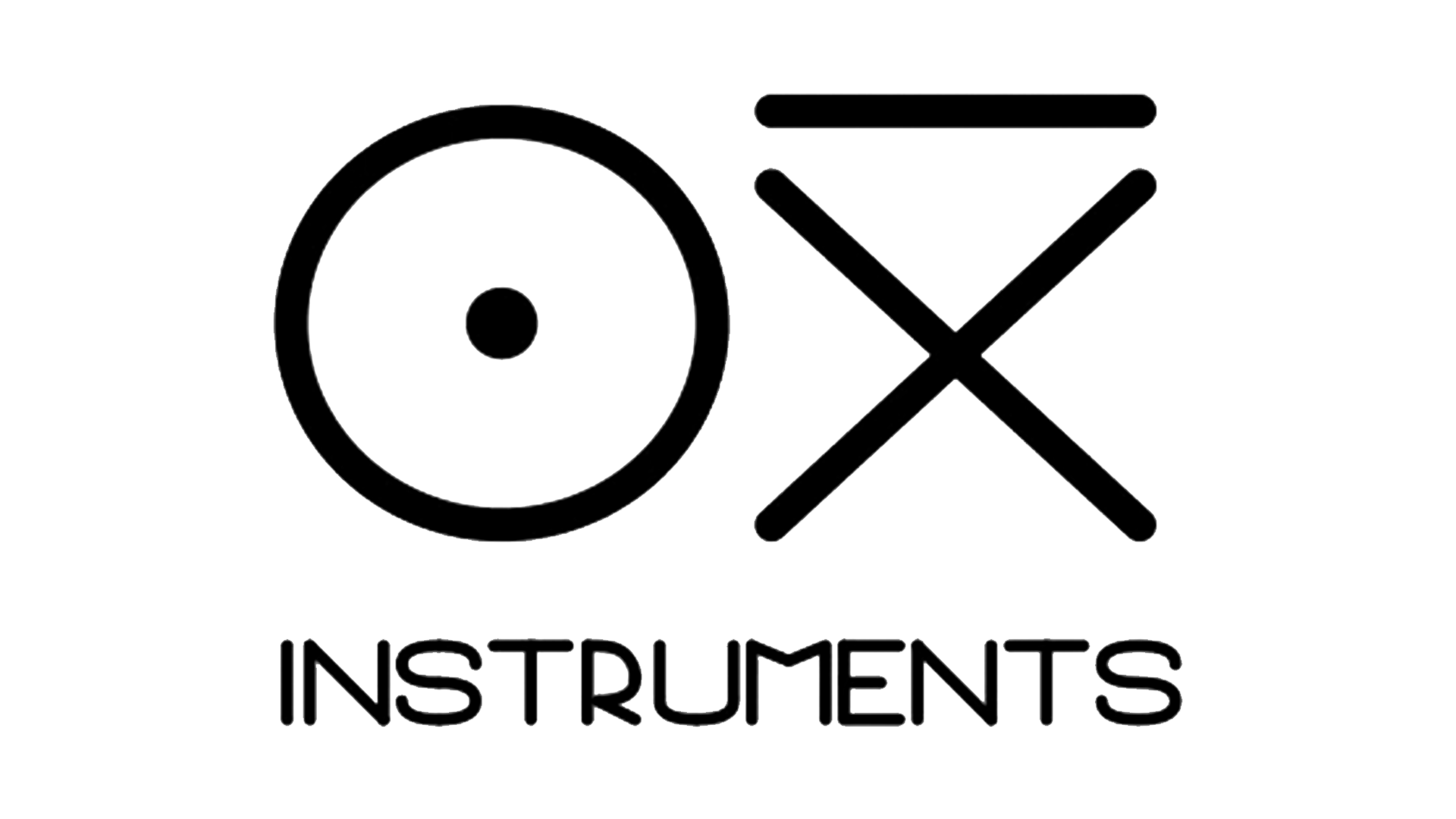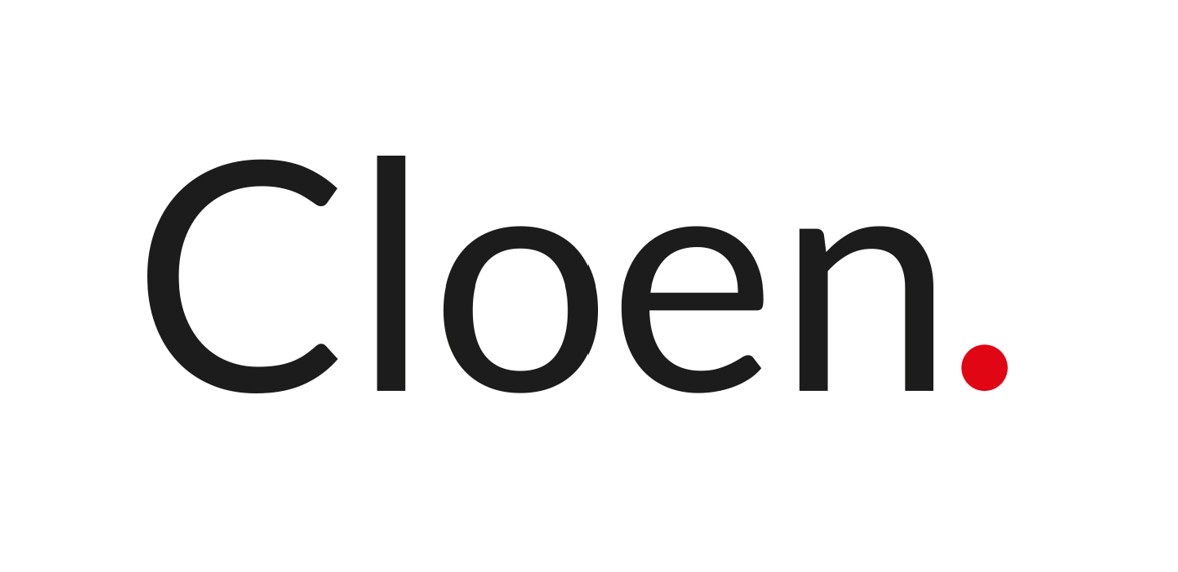CE Marking
Toys
Introduce your toys to the European market reliably and safely.


What is CE Marking for Toys?
The CE Marking on toys is a guarantee that the toy has been assessed and complies with legal safety requirements, protecting children from potential risks during use. Regulated by Directive 2009/48/EC, this marking is an essential requirement for marketing any toy within the European Economic Area. Placing the CE Marking on a toy implies that the manufacturer assumes full responsibility for its compliance with the applicable legislation.
According to Directive 2009/48/EC, a toy is "any product designed or intended, whether or not exclusively, for use in play by children under 14 years of age". The directive also includes a list of products that, despite being usable by children, are not considered toys, such as sports equipment or soothers.
The regulation sets much stricter specific requirements for toys intended for children under 36 months, as well as for toys that are placed in the mouth. In addition, there are particular rules for categories such as chemical toys (chemistry sets), activity toys (slides, swings), or functional toys (which are scale replicas of products for adults).
To obtain the CE Marking for toys, manufacturers/importers of machines must carry out (manufacturers) or ensure that it has been carried out (importers) the conformity assessment according to Directive 2009/48/EC, which includes requirements related to the product (technical and documentary), requirements related to the manufacturer and the manufacturing and quality assurance process.
The process is summarised in the following steps:
Identify the requirements: Determine all directives and harmonised standards (EN 71) that apply to the toy.
Perform the Safety Assessment: Analyse and document all possible risks of the toy.
Apply the conformity assessment procedure: This can be done by the manufacturer themselves (internal production control) or require the intervention of a Notified Body, depending on the case.
Conduct laboratory tests: Verify compliance with safety requirements.
Prepare the Technical File and the EU Declaration of Conformity.
Affix the CE Marking and traceability information on the product.
Requirements to consider for obtaining CE Marking for Toys
For a toy to bear the CE Marking, the manufacturer must ensure it complies with a series of essential safety requirements and conformity assessment procedures established by Directive 2009/48/EC. Additionally, depending on the product's characteristics, other regulations and directives may apply. The CE Marking is obtained when the manufacturer guarantees compliance with all applicable requirements, independently, from all regulations that are part of the CE Marking. For example: a toy that incorporates electronic elements must comply with Directive 2014/30/EU on Electromagnetic Compatibility (to ensure it does not generate or is not affected by electromagnetic disturbances) and the RoHS Directive 2011/65/EU on the restriction of certain hazardous substances. If it includes radio capabilities (Wi-Fi, Bluetooth, NFC, etc.), it must comply with the requirements of the Radio Equipment Directive 2014/53/EU.
Toys
Other CE Marking acts applicable to a Toy
Below are some of the directives or regulations within the CE Marking framework that may apply to a toy.
Please note that...
Radio Equipment (RED)
Low Voltage (LVD)
Electromagnetic Compatibility (EMC)
Restriction of Hazardous Substances (RoHS)
Cells, Batteries and Accumulators
Ecodesign (ERP)
Non-exhaustive list. Additional Regulations and Directives to those listed here may apply.

How can we help you with CE Marking?
We are a company specialised in conformity with extensive experience in the international product certification sector. Whether you can opt for self-certification or require third-party certification, we dedicate all our resources to ensure that you certify your products in an agile, effective, and guaranteed way.
Our services
Product Certification
Accredited Laboratory Testing
Technical Documentation
Advice and Consultancy
Avoid headaches
Let us help you and focus your energy on your business
“We can only say that they are a great team of professionals. Thanks to their rigorous work and professionalism, we were able to successfully certify the CE and FCC marking of the first version of our product, Travel Sax.”
Ramón Mañas
Odiseimusic (CEO)
“They have made possible what would have been impossible on our own, or much more costly in terms of time and money, allowing us to enter the market with all our responsibilities covered.”
Manuel Vázquez
Oxi Instruments (CEO)
“The quality of their work is excellent; they have shown a level of professionalism and dedication that exceeds our expectations. Their commitment to excellence and their client-oriented approach make them an ideal choice.”
Marcos Bruñuel
Bitbrain (QA/RA Manager)
Familiarise yourself with these basic concepts
If you are a manufacturer or an importer and intend to place a toy on the European market, you need to know and understand a number of essential concepts.
Did you know...
According to Article 2(1) of Directive 2009/48/EC, a toy is defined as:
"Products designed or intended, whether or not exclusively, for use in play by children under 14 years of age".
The Directive also specifies in its Annex I a list of products that are not considered toys (such as collector's items, sports equipment, or soothers), even though they may seem to be, thus falling outside its scope of application.
The manufacturer must follow a procedure to demonstrate that the toy is safe. Generally, they can perform a self-assessment (Module A: internal production control). However, if they have not applied the harmonised standards that cover all risks, or if they deem it necessary, they must resort to a Notified Body to carry out an "EU-type examination" (Modules B and C).
The main actors are the manufacturer, ultimately responsible for the toy's safety and conformity; the importer, who must verify that the manufacturer has complied and add their own identification; the distributor, who must act with due diligence; and the Notified Body, an independent external entity that intervenes to certify the toy's design when necessary.
Before marketing a toy, the manufacturer is obliged to carry out a thorough analysis of all potential hazards it may present. They must identify chemical, physical, mechanical, electrical, flammability, hygiene, and radioactivity risks, and assess the child's exposure to them to eliminate or minimise them.
To demonstrate that a toy meets the essential safety requirements, laboratory tests are performed following the specifications of harmonised standards, mainly the EN 71 series. These tests verify aspects such as resistance to drops and impacts, the presence of small parts, non-flammability, and that the migration of chemical substances is below legal limits.
This is the set of documents that the manufacturer must prepare and keep for 10 years. It contains all the evidence that the toy is compliant, including the safety analysis, design drawings, description of the manufacturing process, test reports, and a copy of the EU Declaration of Conformity.
Toys must be accompanied by clear instructions and relevant safety warnings for their safe use. These must be easily understandable and indicate, for example, the minimum user age, the need for assembly, or use under adult supervision. It is crucial that warnings are visible to the consumer before purchase.
Every toy marketed in the EU must bear the CE Marking visibly, legibly, and indelibly. Additionally, it must show the identification and address of the manufacturer (and of the importer, if applicable) to ensure traceability. Mandatory safety warnings must also be clearly labelled on the product or its packaging.
This is the legal document through which the manufacturer assumes, under their sole responsibility, that their toy complies with all applicable requirements of the Toy Safety Directive. Signing this declaration is the mandatory prerequisite before the CE Marking can be placed on the product.
Although a formal certification like ISO 9001 is not mandatory, the manufacturer must establish a production control system. They must ensure that all mass-produced toys maintain conformity with the approved design and meet safety requirements, guaranteeing the consistency and quality of the entire production run.
These are European technical standards (the best known being the EN 71 series) that offer detailed technical solutions to meet the essential safety requirements of the Directive. Although their use is voluntary, fully following these standards greatly facilitates the process, as they grant a "presumption of conformity".
This principle means that if a toy is manufactured in full compliance with the applicable harmonised standards, the authorities assume that it automatically complies with the legal safety requirements covered by those standards. It is the most direct and secure way to demonstrate conformity.
This is a mandatory figure if the manufacturer is established outside the European Union. It is a natural or legal person within the EU, designated by the manufacturer, who acts on their behalf for certain tasks, such as keeping the technical documentation available to the authorities and being the point of contact in the European market.
Do you have any questions?
We have compiled the most frequently asked questions from our clients
The CE Marking is a key indicator that a product complies with EU legislation on health, safety, and environmental protection. If your product falls into one of the more than 20 categories requiring this marking (such as toys, electronic devices, personal protective equipment, or medical devices), it is absolutely mandatory to be able to legally market it in the European Economic Area (EEA). The manufacturer is ultimately responsible for ensuring the product meets the requirements and for affixing the marking.
The law defines a toy as any product designed or intended, whether or not exclusively, for use in play by children under 14 years of age. The Directive itself includes a list of products that are not considered toys (e.g., collector's items, sports equipment, etc.) even though a child may use them.
The Directive applies to toys that are "placed on the market," which implies a commercial activity. If you make a toy for your strictly personal use (e.g., for your child), you do not need the CE Marking. However, if you are going to distribute them, even for free as part of a commercial or charitable activity, they are subject to the directive and must be safe and compliant.
Your role as an importer is crucial. You are legally responsible for ensuring that the manufacturer outside the EU has correctly completed the entire CE Marking process. You must verify that the technical documentation and the EU Declaration of Conformity exist and that the toy is safe. Additionally, you must indicate your name and address on the product or packaging to ensure traceability.
It is one of the worst-case scenarios. It involves not only immediately stopping the sale of the product, but also organising and paying for the collection of all units already in stores or in the hands of consumers. Added to this are possible fines, the total loss of investment, and a very hard blow to your company's trust.
The consequences of non-compliance are serious and may include:
Mandatory withdrawal of the product from the entire EU market.
Prohibition of sale and marketing.
Significant financial penalties.
Criminal liability in case the product causes damage or injury.
Reputational damage to the brand.
The market surveillance authorities of each member state are responsible for enforcing the legislation.
The Declaration of Conformity (DoC) is a legal and mandatory document in which the manufacturer or their authorised representative formally declares that the toy complies with all applicable requirements of EU legislation. By signing the DoC, the manufacturer assumes full responsibility for the toy's conformity. This document must be available to the public and market surveillance authorities at all times.
The CE Marking itself does not have an expiry date. However, the product's conformity is continuous. The validity of the Declaration of Conformity and the technical file depends on several factors:
Changes to the product: If you significantly modify your product, you may need a new assessment.
Updates in legislation: If the applicable directives or harmonised standards change, you will need to re-evaluate your product to ensure it still meets the new requirements.
Certificates from Notified Bodies: These certificates do usually have an expiry date (typically 3 to 5 years), after which a re-evaluation is required.
The applicability of specific EU legislation (Directive or Regulation) to a product depends primarily on two key factors:
The scope of application defined in the law itself: Each directive or regulation precisely describes the products it covers. For example, the Low Voltage Directive applies to electrical equipment operating within certain voltage ranges.
The intended use and characteristics of the product: The purpose for which the manufacturer has designed and marketed the product is decisive. For example, a kitchen knife is not governed by the same rules as a surgical scalpel, although both cut. Similarly, if a product has multiple functions (e.g., a toy with a radio), it may be affected by several directives simultaneously (the Toy, Radio Equipment, and Electromagnetic Compatibility directives).
It is the manufacturer's responsibility to analyse their product in detail and cross-reference its characteristics and intended use with the scopes of all European legislation to determine which regulations it must comply with.
In most cases, you can self-certify your toy. If you fully apply the harmonised standards (such as EN 71) that cover all the risks of your product, you can follow the "internal production control" procedure. You will only need the intervention of a Notified Body if you do not apply these standards or if you believe your toy presents a risk that requires external verification.
Yes. The only way to objectively demonstrate that a toy is safe and complies with the strict physical, mechanical, and especially chemical requirements (limits for heavy metals, phthalates, etc.) is through testing in a competent laboratory. These tests are a fundamental part of the technical file.
For a laboratory to be accredited means that an official, independent body (ENAC in Spain) has confirmed that it is technically competent and that its test results are reliable and impartial.
In essence:
Guarantees Confidence: It ensures that analyses and tests are performed correctly, with qualified personnel and calibrated equipment.
Based on the ISO/IEC 17025 Standard: The most demanding international standard for laboratories.
Facilitates Market Access: Its reports are the best proof for CE Marking and are internationally recognised.
Not the same as Certification: Accreditation confirms technical competence (they know how to perform the test), whereas certification (ISO 9001) only validates a management system.
In short, it is the highest guarantee that you can trust the results of a test.
Not always, but it is highly recommended. If your product can be self-certified, you could use a non-accredited laboratory for testing. However, choosing this route may lead to obtaining incomplete or even incorrect results due to the lack of external verification of the laboratory's capabilities. On the other hand, if a Notified Body is involved or you want the maximum guarantee and confidence before the authorities, you will definitely need an accredited laboratory. Otherwise, the results will not be accepted by the Body.
Accreditation guarantees reliability in the results and broader validity.
At Sherpa Certification, we only work with accredited laboratories.
The manufacturer designs and/or produces the toy and is ultimately responsible for its conformity. The importer places a toy from a third country on the EU market and shares legal responsibility. The distributor (e.g., a shop) sells a toy that is already on the EU market and must ensure it bears the CE Marking and the correct traceability information.
Putting your brand on a toy means you assume full legal responsibility for the product's conformity, including preparing the technical file, the EU Declaration of Conformity, and affixing the CE Marking, even if the physical production is done by a third party. You must control the process and have all the technical documentation in your name.
It is the complete file that demonstrates the toy's safety and conformity. It must include the safety analysis, a description of the design and manufacture, a list of components and materials, laboratory test reports, copies of the labelling and warnings, and the EU Declaration of Conformity. It is the first thing the authorities will ask for in an inspection.
It is crucial to ensure that each and every toy coming off the production line is identical to the model that passed the tests and assessment. Good quality control prevents variations in materials or the assembly process from creating a non-compliant and therefore unsafe product.
A harmonised standard is a technical specification created by European standardisation bodies (such as CEN or CENELEC). If you manufacture your product following these standards, it is assumed ("presumption of conformity") that you comply with the essential requirements of the legislation. In short, they are the "official" instructions that make it easier for you to comply with the law.
The presumption of conformity is a key principle of CE Marking. It means that market authorities assume ("presume") that a toy which complies with the relevant harmonised standards also complies with the legal health and safety requirements of Directive 2009/48/EC. This greatly simplifies the process of demonstrating conformity for the manufacturer.
Harmonised standards are technical standards developed by European standardisation bodies (CEN, CENELEC, ETSI) which, if followed, grant a "presumption of conformity" with the requirements of a directive. You can find lists of harmonised standards published in the Official Journal of the European Union, directly on the websites of the standardisation bodies, or on the European Commission's portal dedicated to CE Marking.




